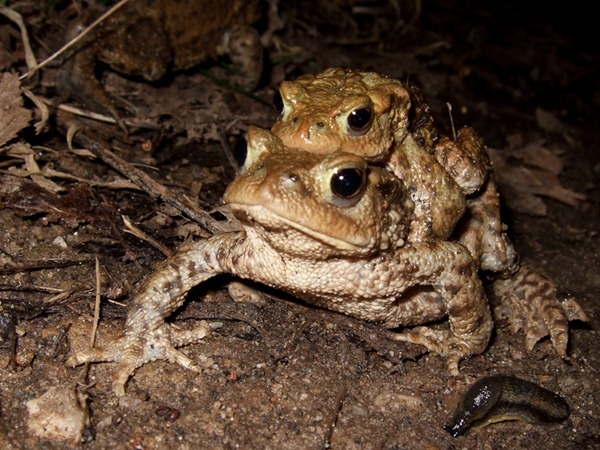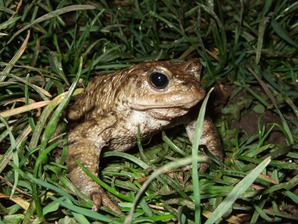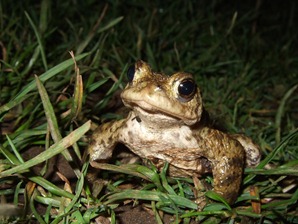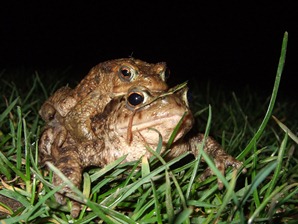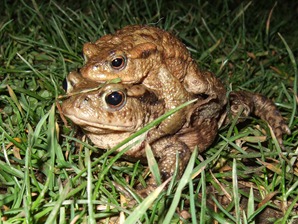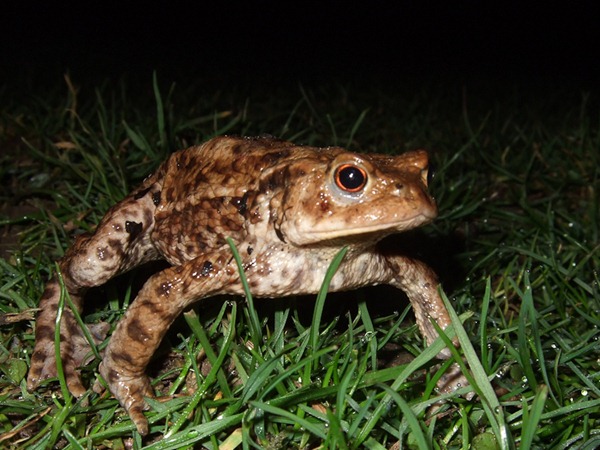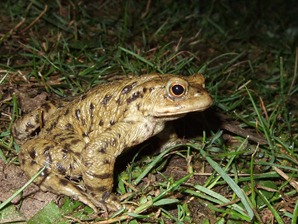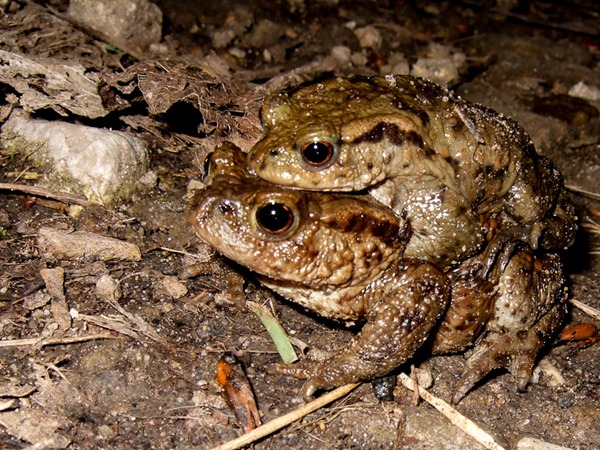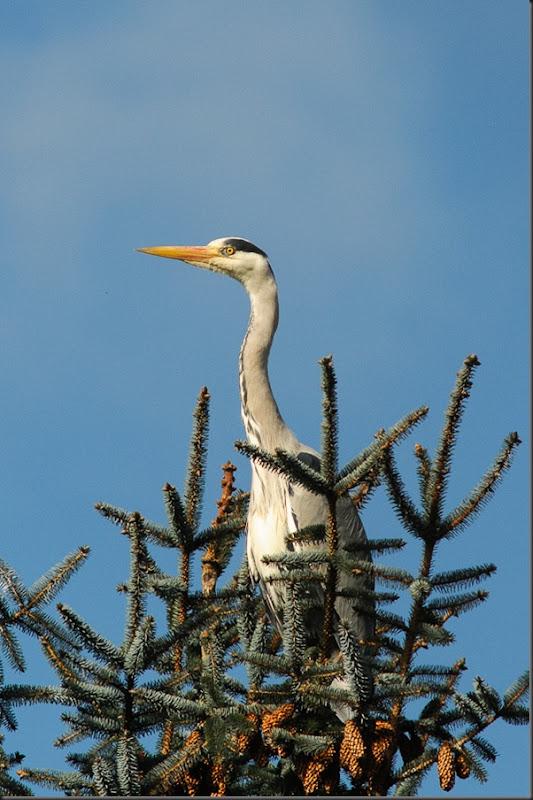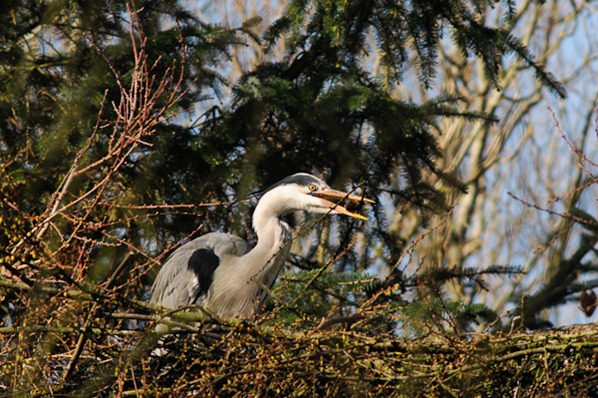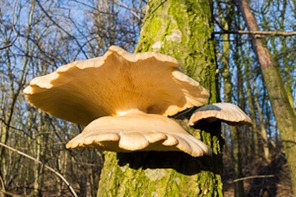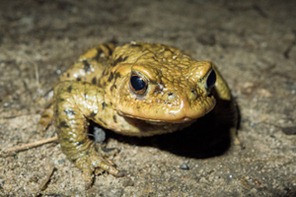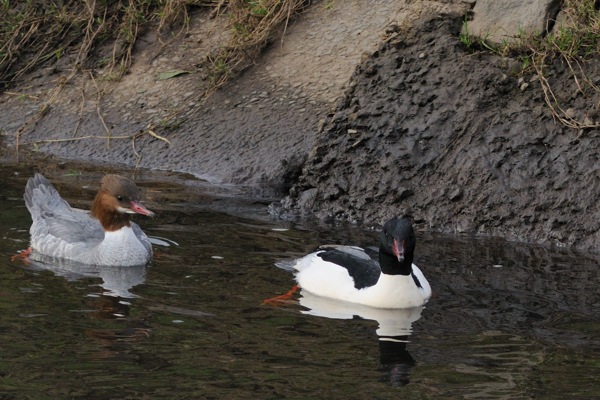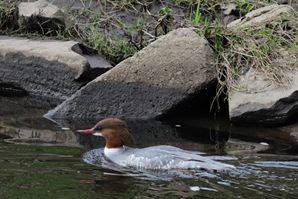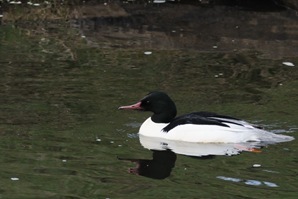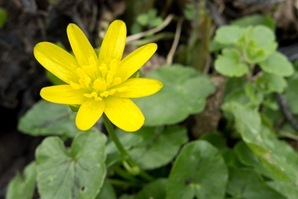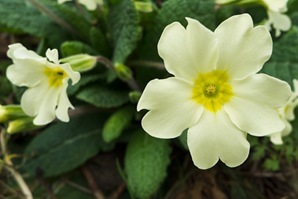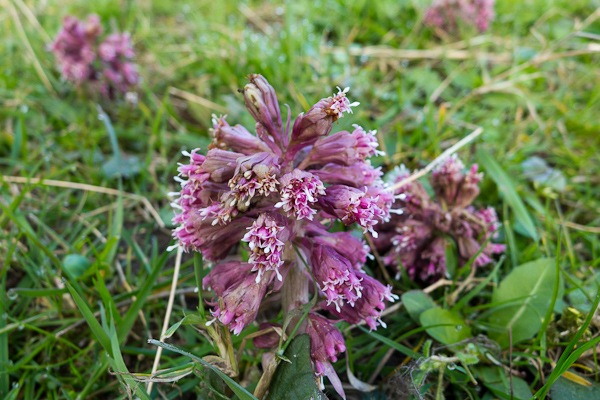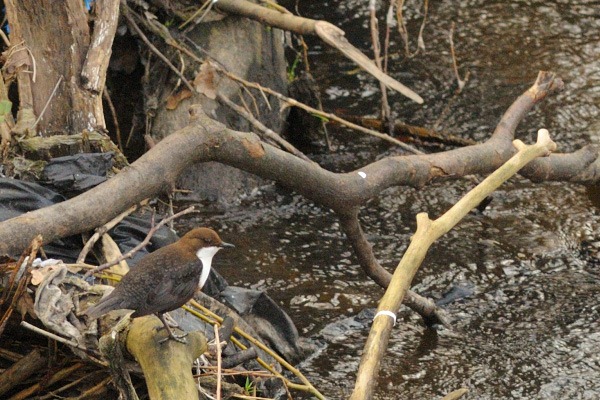 Dipper on the River Mersey downstream from Cheadle Bridge, Manchester As recently as 30 years ago the Mersey was considered to be the most polluted river in Europe. In 1983 the then Secretary of State for the Environment Michael Heseltine stated “…the river is an affront to the standards a civilised society should demand of its environment. Untreated sewage, pollutants, noxious discharges all contribute to water conditions and environmental standards that are perhaps the single most deplorable feature of this critical part of England.” The efforts that have been made to clean the river up have been remarkable (more info). The Spring 2011 return of Dippers for the first time since the Industrial Revolution is a clear sign of the improving water quality. Sadly although there’s been a huge biological improvement in the water quality there’s still far too many people dumping rubbish along the river bank only for it be carried away and washed up further downstream. |
 |
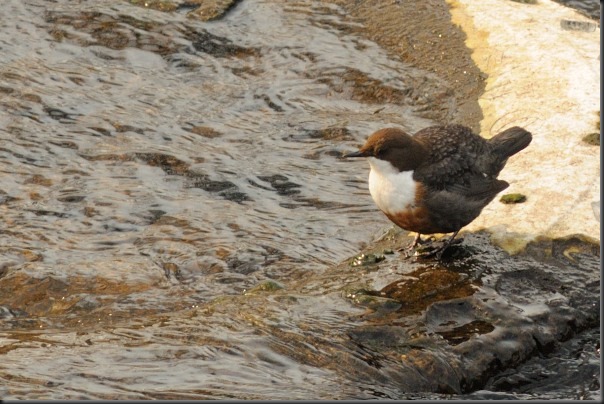 Good to see how adaptable nature can be. Makes a change from balancing on the edge of a rock surrounded by a babbling brook. |
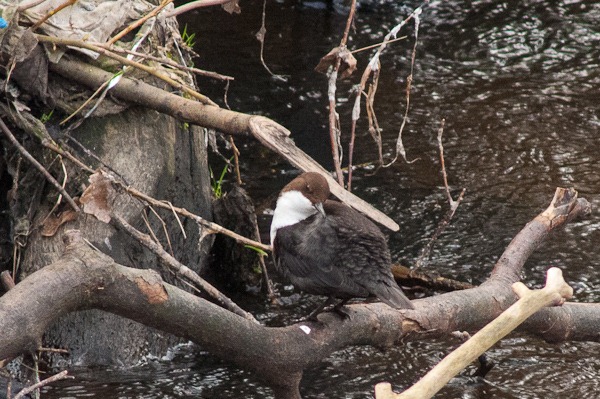 One for the traditionalist (even though its been copied and recreated by many aspiring photographers Ben Hall’s photo is still superb) |
